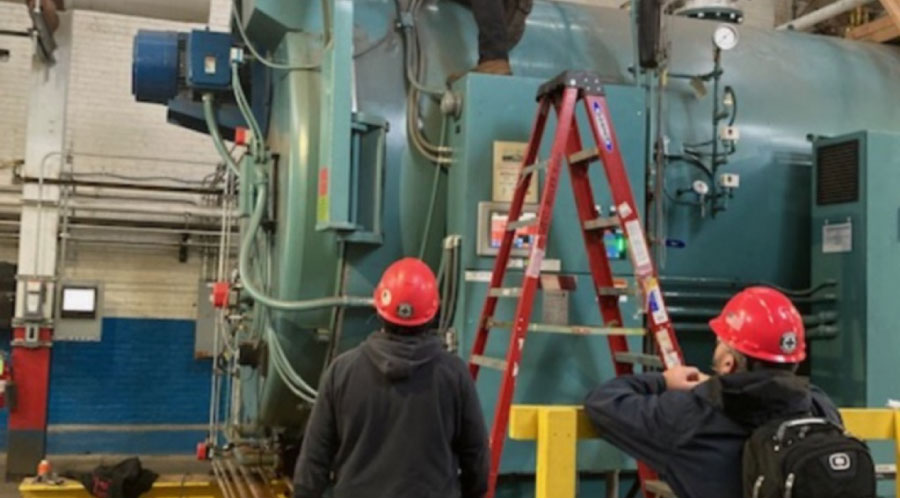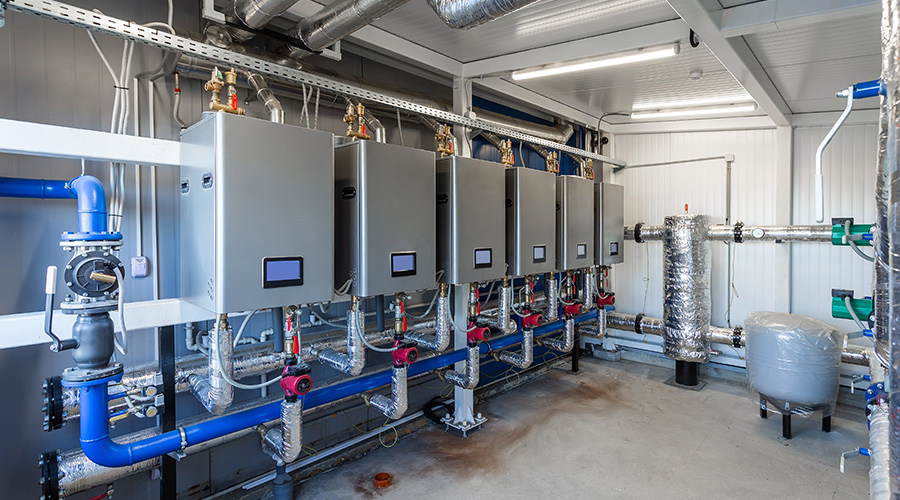Commissioning HVAC Equipment
Why is commissioning HVAC equipment such a critical part of the process of handing a newly built building over to its owners and facility managers?
Building commissioning is a process that is focused on validating, verifying and documenting that the owner’s project requirements (OPR), defined prior to design of the building, have been satisfied in every respect — in short independently confirming that the building actually works as it is supposed to. At every stage of the project, through design, construction, acceptance and first year of occupancy, the design, construction and operations of the building are reviewed against the OPR. A commissioned facility will provide the owner’s facilities management (FM) staff, at handover, a building that operates effectively and efficiently as the design dictates.
The commissioning process verifies that the owner’s FM staff is intimately familiar with the new building and the systems that make the building work; that FM staff have been adequately trained to operate and maintain the facility and that they have concise, specific system and equipment documentation at hand to assist them in operating and maintaining equipment and systems. If the FM staff is included as part of the commissioning team, they will have the first hand field experience necessary to troubleshoot any performance issues that arise once the building is occupied. A properly commissioned facility allows the FM staff to concentrate running the building.
Sometimes operators of new buildings spend the first few months resolving defects that should have been addressed by the project construction team. In cases where buildings are not comprehensively commissioned through design and construction, it is sometimes the case that operational deficiencies of systems are not identified until the building is operational and occupied, resulting in negative impact to the owner’s business operations and putting additional pressure on the resources of the FM team, which may already be stretched thin dealing with a new and possibly unfamiliar facility.
Related Topics:














